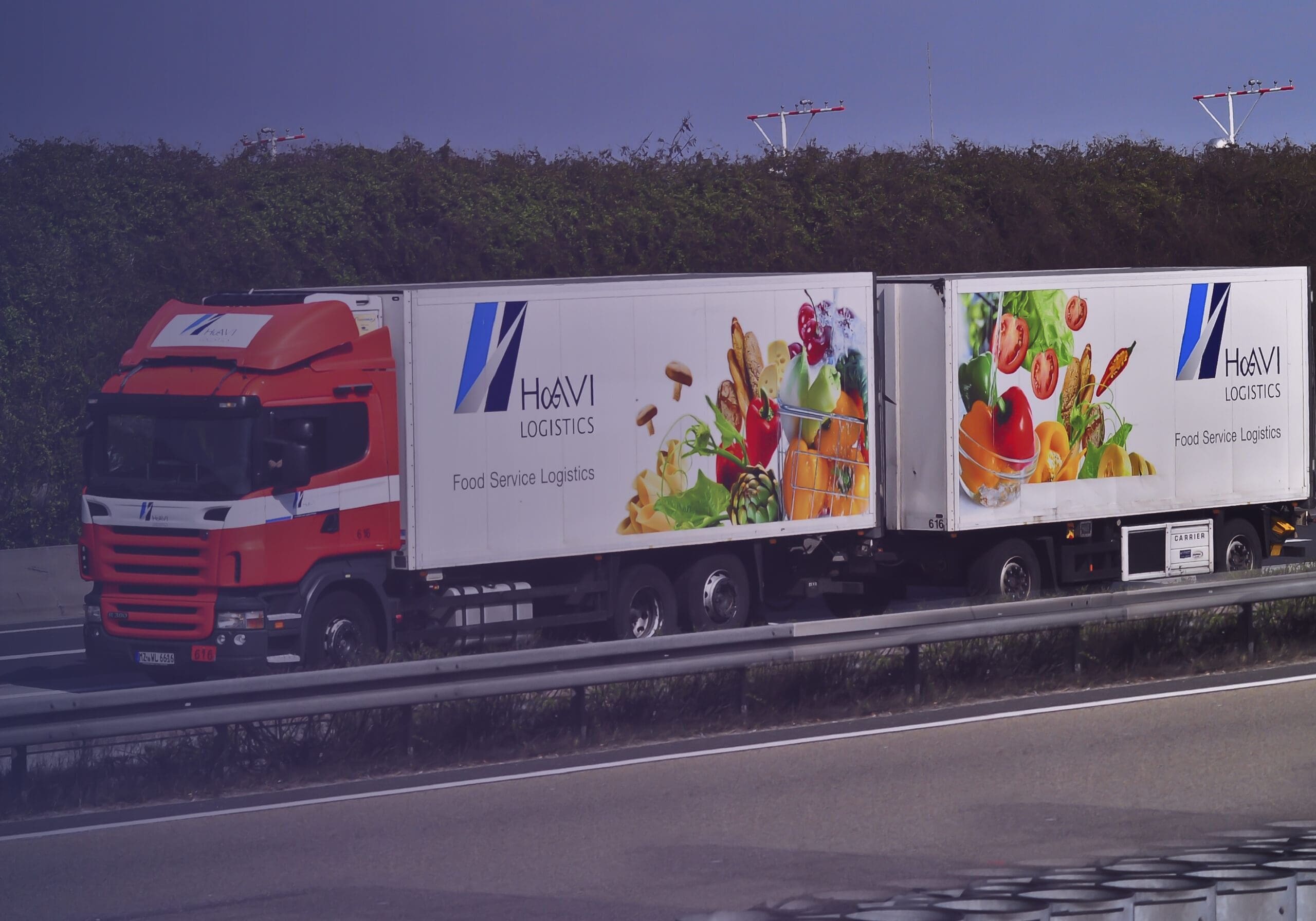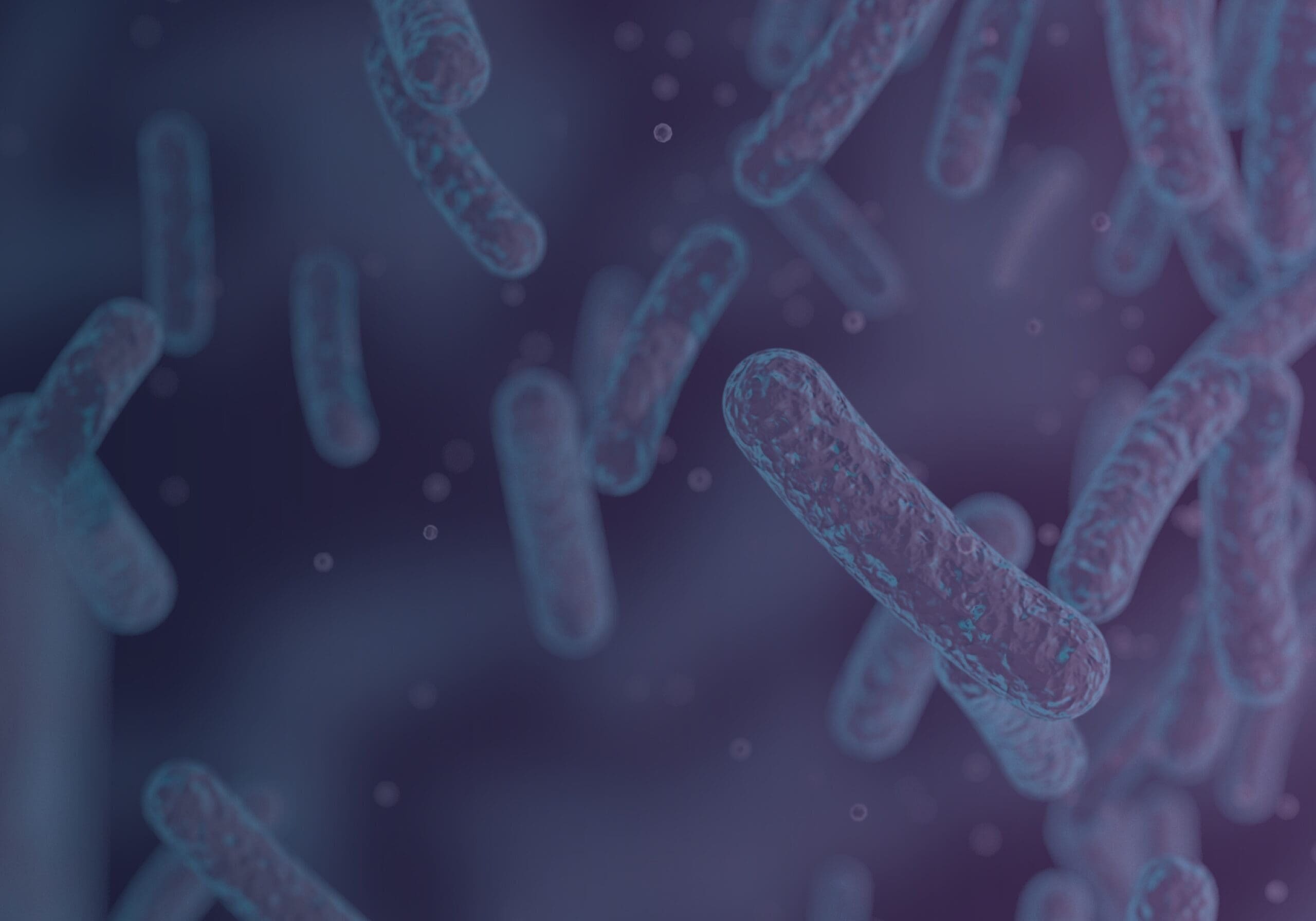There is a fundamental flaw in our food chain – fresh produce spoils with every passing moment while it's waiting in the cold for us. It has always existed, and everyone knows about it. But nobody’s been able to fix it. Until now. And it’s possible because technology has finally caught up with what many were dreaming about nearly a quarter of a century ago. That technology is AI, IoT, and connectivity.
Our fresh produce gets washed and cleaned soon after it is harvested. And just like how hand sanitizer is different from soap and water, the produce gets disinfected with chemicals, so we don’t get sick from something like Salmonella or Listeria. Some of those chemicals also delay food spoilage, extending shelf-life so we get a chance to eat something before it transforms into some multi-colored furry monster from another dimension. Just remember that nothing is perfect, so while this one-time food processing step kills off most things, there’s always a few stubborn bacteria, fungi, and viruses that survive. But that is the trade-off between over-dosing on harsh chemicals, and not disinfecting deeply enough.
After harvesting it can take weeks to reach us. By then, the effects of those early chemicals have long since worn off, although their residue’s still on there – we get the downside without the benefits. And if we’re talking apples, they could be stored for up to a year. To protect our precious cargo, we keep it refrigerated, all the way from farm to fork. It turns out that cold and dry temperatures are a remarkably effective food preservative.
However, refrigeration only slows down bacteria and fungi. Cold temperatures don’t kill them. It’s worth repeating because it is easy to miss – heat kills, but the cold merely slows down growth. So, they keep growing very slowly for days or weeks in the cold, until they find themselves somewhere slightly warmer and moister, like our homes, and then they breed like rabbits.
Remember those clementines you only bought 2 days ago and they’re already turning blue and furry? Fun fact, you’re breathing in penicillium fungal spores and they’re the ones that were never fully killed off 3-4 weeks ago. It might be longer than that if it was one of the 45,000 tons of clementines Chile exported to the US this year, because they spend 20-23 days just on the ship! And no, just because it has penicillin in the name doesn’t mean it’s good for you. But when you feel compelled to throw it in the trash don’t feel bad - you’re not alone. In the US it is estimated that 10-40% of all crops are lost due to storage or handling. Globally that estimate rises to 60% of fruit and vegetables end up in the landfill.
The world needs a better way to keep food fresher, so it is safer to eat, and last longer. Safer means we won’t fall sick, and last longer means it won’t morph into the hairy monster so quickly.
EPIC iO has found a way to give commercial walk-in refrigerators a makeover. Here’s the three-pronged attack strategy:
- First, we filter the air circulating inside to kill harmful airborne microorganisms.
- Then we process the air to scrub traces of ethylene gas from it, which otherwise causes fruits and vegetables to ripen and spoil too early.
- Finally, we take the battle to the ground. We have patented a way to kill bacteria, fungi and viruses lurking hidden within the nooks and crannies every fruit and vegetable has. We use a process call oxidation which destroys their cell walls, causing their guts to spill out as they take their dying breath.
We manage all this without chemicals. All we need is some electricity which means that with solar power this is a self-sustaining technique that could transform food safety and security in parts of the world where chemicals are expensive and hard to acquire.
The outcome is visible and quantifiable. All the way from farm to retailer, for days or even weeks, we improve what refrigerators do, by extending shelf life. And we revolutionize what takes place inside the refrigerator by actively killing the microbes that cause foodborne illnesses and food spoilage.
Exactly how effective is it? Just like the early disinfection phase wasn’t guaranteed to kill 100% of everything, neither do we. But here’s the point – once the produce reaches its first cold storage the killing stops. Nothing about a refrigerator is going to try and destroy any remaining bacteria or fungi, or fresh ones just happen to land on it over those few weeks.
We are constantly running comparison tests with a wide variety of fresh produce, to see whether we can delay spoilage. For instance, if you consider one of the most delicate products, blackberries, we have increased shelf life by 7 days. And that is by killing and inhibiting microbial growth in addition to what is achieved by refrigeration.
In our labs we have killed anywhere between 90 - 99.99% of microbes. You have to ask yourself: For weeks in cold storage, do I want to kill nothing, or do I want 90%?
Refrigerators don’t kill. But we do.
To learn how we can supercharge your walk-in cold storage, contact us at epicio.com.








